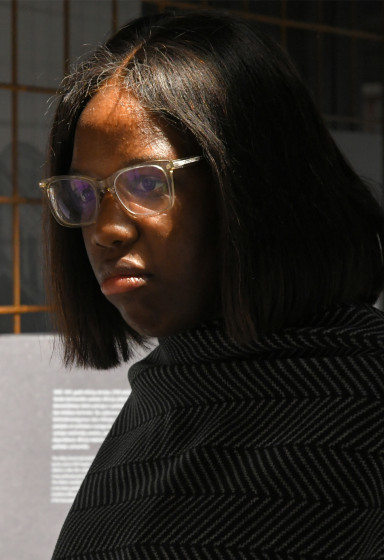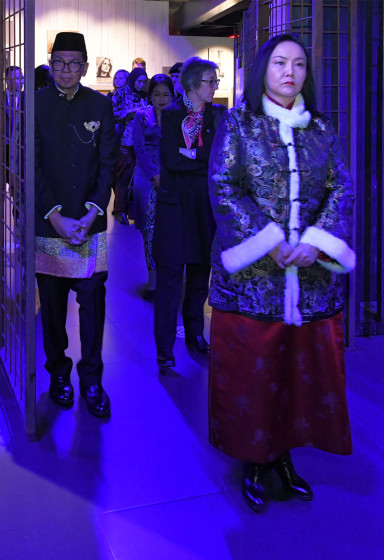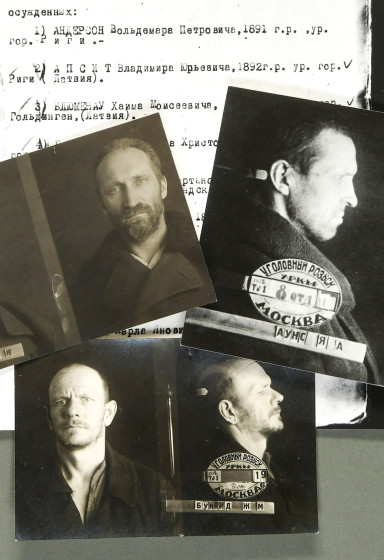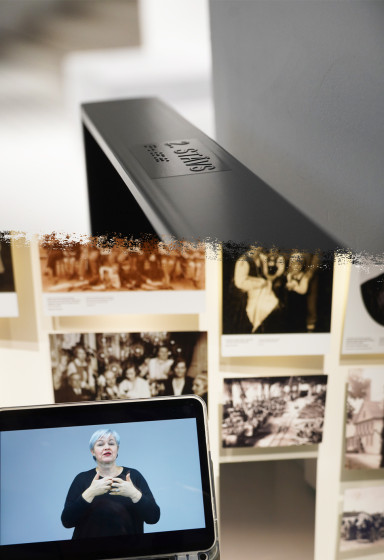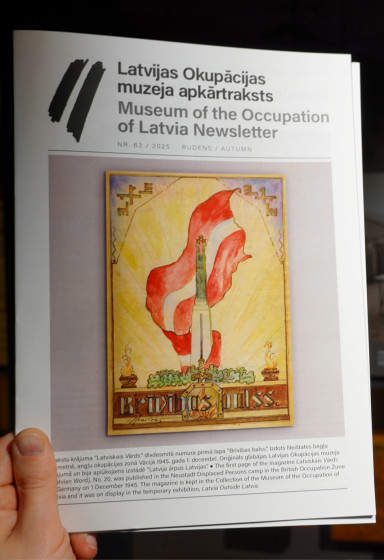Donate to Museum
Each donation helps to ensure the Museum's activities, allowing it to function and provide information for people from all over the world.
The Museum is grateful to each donor and invites everyone to contribute.
New Discoveries at the KGB Building: The Unknown KGB Victims from the Ulbroka “Pits” have been identified

In the last year and a half, researchers at the Museum of the Occupation of Latvia have identified eight unknown persons who were arrested, killed, and buried in a mass grave in Ulbroka in February 1941.
11 were identified in the spring and summer of 1944. The remaining eight people were not identified before Latvia was overcome by the second Soviet occupation. Only now has Inese Dreimane, a historian at the Museum of the Occupation of Latvia, been able to find the other names of the KGB’s victims by investigating the case files of people arrested in 1940 which are kept at the Latvian State Archives.
The “Year of Terror”, from 17 June 1940 to 1 July 1941, in Latvia did not just mean the Soviet Union taking taking control of the state, nationalisation of property, the arrest of real and imagines opponents to the Soviet regime, and deportations, but also the “official” killings of the Soviet occupation regime. At least 186 residents of Latvia were sentenced to death in Riga.
Immediately after the Soviet troops fled and the German occupation forces arrived in July 1941, the inhabitants found the burial places of these victims in Baltezers, Babīte and Dreiliņi. Three years later, another place was discovered. On 27 April 1944, pits with the bodies of people who had been shot dead, were found in Stopiņi parish, in Ulbroka forest. In total, the remains of 23 people were found in four pits. 11 were identified during the exhumation as readable documents or soviet ‘court’ judgements were found in the pockets of their clothes. By 8 July 1944, four more people were identified. However, the identities of the remaining 8 were unclear. On 3 May 1944, all the victims were buried in the ‘White Crosses’ burial ground in Riga Forest Cemetery. General Kārlis Goppers, President of the Latvian Scouts, one of the identified victims, was laid to rest in the Brethren Cemetery on 6 May.
Latvian society learned about the Ulbroka burial site on Saturday 29 April 1944 in the newspaper ‘Tēvija’, in the publication ‘They Also Accuse’. It mentions the status of the exhumation, describes the sequence of works, as well as reporting on the arrival of General Kārlis Gopper’s son to the place of the exhumation.
It also mentioned that those who were killed had their arms tied behind their backs. The were killed by one or two shots to the head, with the exception of Arturs Salnājs, who was killed by having the right side of his lower jaw smashed. One of the unidentified bodies was found with two shots to the back of the head and one to the right side of the back. The article ‘They Also Accuse’ can be read at www.periodika.lv (in Latvian).
The victims in Ulbroka were sentenced in the Baltic Special Military District (PribOVO) war tribunals. The judgments were passed on 20, 23, 24, 27, 28, 29 and 30 December 1940, 15, 18, 20, 29 and 30 January 1941, and also 1 and 4 February 1941.
In the shooting 16 Latvians, 3 Jews, 2 Russians and also one Estonian were killed. One of the victims, Alberts Balodnieks, had six children. The youngest daughter was only five months old at the time of her father’s arrest. On 14 June 1941, 7 of those who had been shot were described as having been deported according to KGB orders.
Currently, the exhibition “History of KGB Operations in Latvia” in Riga, at 61 Brīvības iela, is closed, but the project is being researched and the exhibition is being restored. In April, training for new guides will begin and guided tours of the expanded “History of KGB Operations in Latvia” exhibition will resume.
NOTES
On 27 April 1944, 11 of the victims were identified by documents found in the pockets of their clothes or copies of court decisions which were eligible. Those were:
- Jānis Bergmanis (1900);
- Alberts Bļodnieks (1904);
- Kārlis Goppers (1876);
- Arveds Laane (1916);
- Ernests Ošs–Oše (1882);
- Antons Pacevičs (1901);
- Jāzeps Pošeiko (1897);
- Arnolds Smala (1912);
- Jāzeps Stoļers (1903);
- Valfrīds Vanks (1888);
- Zenons Vjaksa (1904).
- Bērziņš the director of the Forensic Institute, institute expert K. Sutta and Judge for Special Investigations J. Šnikvalds continued to work on identifying other victims. As a result, four more people were recognised by 8 July 1944:
- Viktors Kopilovs (1904);
- Kārlis Prauls (1895);
- Artūrs Salnājs (1904);
- Jevgeņijs Simonovs (1896).
2018/2019, after investigation of the criminal cases the following were also identified:
- Eduards–Verners Anerauds (1897);
- Efraims Gorons (1910);
- Pēteris Ļaksa–Timinskis (1913);
- Pēteris Melbārdis (1892);
- Izraels Paļickis (1911);
- Jānis Priedītis (1897);
- Jānis–Arnolds Stālmanis (1913);
- Aleksandrs Veinbergs (1884).
The article “We Also Accuse” in the newspaper Tēvija.
